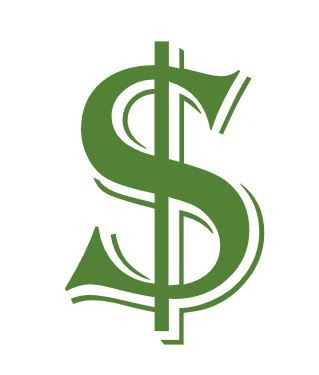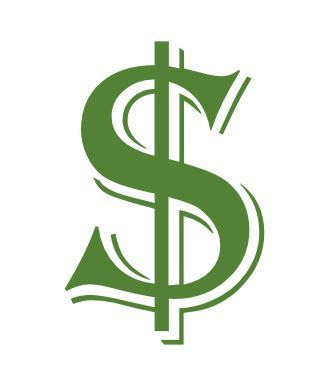
Overview: It appears that month-end considerations deterred the dollar selling that the technical indicators warned was coming and as the new month starts, the dollar is offered. It is weaker against all the major currencies and most of the emerging market currencies. The two main developments include progress on the EU-UK Brexit negotiations that will allow UK banks to have access to EU markets after the end of next March and China’s Caixin manufacturing PMI held above the boom/bust 50-level and the Politburo agreed yesterday on new stimulus, and Chinese shares both the mainland and H-shares in Hong Kong were among the strongest performers today and record amount of Chinese stock (~$1.2 bln) was bought through the HK-link today. In Europe, the Dow Jones Stoxx 600 is extending its advance for a fourth consecutive session, but the currency-sensitive FTSE 100 is being weighed down by sterling’s sharp rally today, ahead of the Bank of England. Core bond yields are edging higher, while European peripheral yields are lower, led by the continued recovery of Italy. Oil prices are trading lower for the fourth session and WTI for December delivery is below its 200-day moving average (~$65.40) for the first time this year. January Brent is holding just above its 200-day moving average.
Asia-Pacific
Nothing, in particular, sparked the dollar’s setback in Asia. The S&P 500 gapped higher yesterday and did not fill it, but the upside momentum was not sustained. It is set to open near the middle of yesterday’s range. At the end of last week, the dollar probed the JPY111.40 support area. Yesterday it traded near JPY113.40, matching its highest level since October 8. While most Asian manufacturing PMIs were softer, Japan’s final estimate was reported, and although it was not as strong the flash reading, the 52.9 reading was the highest since May. India’s manufacturing PMI also bucked the regional trend, rising from 52.2 to 531. China’s Caixin manufacturing PMI edged to 50.1 from 50.0.













Leave A Comment